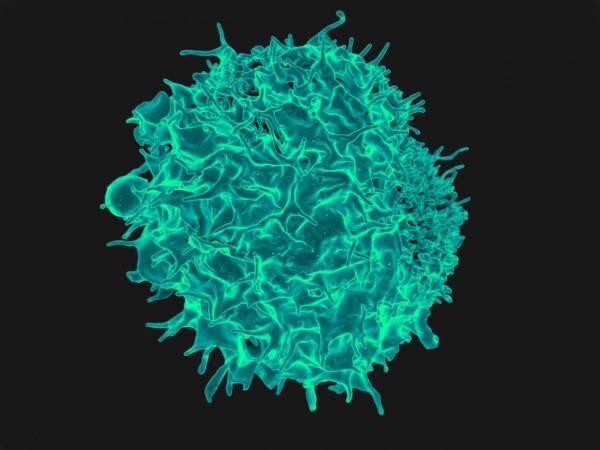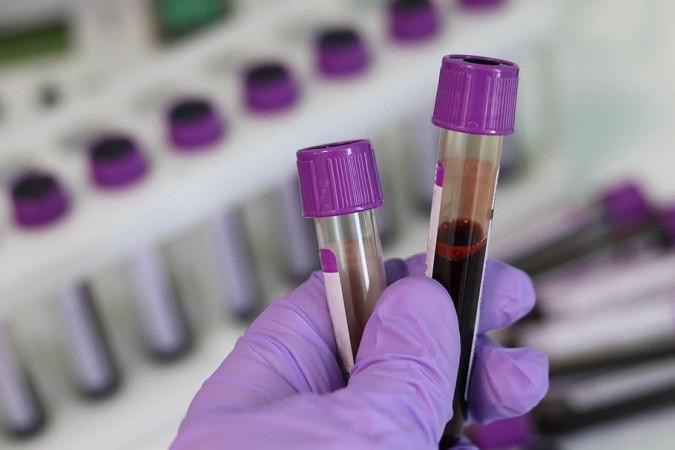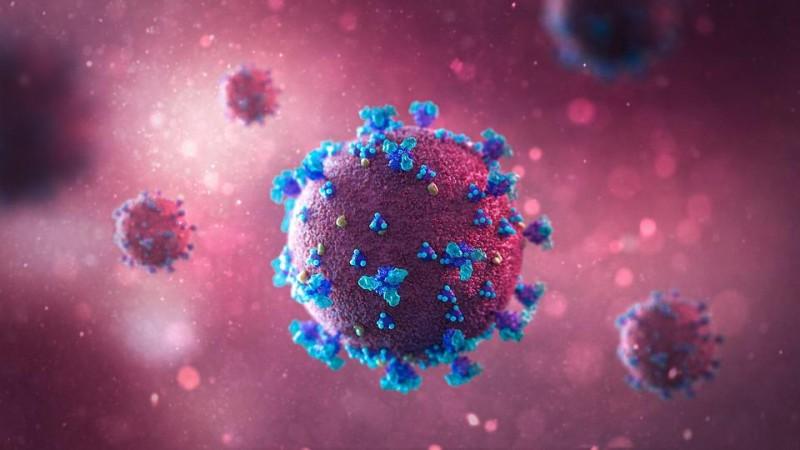The COVID-19 pandemic has lasted for around 21 months now. During this time, much has been learnt about the role of antibodies in providing protection against the SARS-CoV-2 virus However, scientists have found that antibodies alone do not form the protection conferred against the coronavirus—T cells play a vital role as well. Now, scientists have developed a simple and rapid test that can measure T cell response against the novel coronavirus.
In a new study published in the Journal of Clinical Investigation, scientists have described a new method that can detect and measure the T cell immune responses against the SARS-CoV-2. The test is as sensitive and reliable as existing methods used to identify and quantify the activity of T cells.
"Our research offers a feasible approach that can overcome the current limitations faced in detecting spike-specific T-cell responses, and will help better evaluate the protective role played by T cells in our immune system," said Dr. Anthony Tanoto Tan, first author of the study, in a statement.
Role of T Cells in COVID-19 Immunogenesis

There has been much discussion about antibodies offering protection against COVID-19. However, there is an increasing body of data that shows that T cells also play an important part in the immune response against the SARS-CoV-2. T cells, also known as T lymphocytes and thymocytes, are a type of white blood cells (lymphocytes). They play a crucial role in the adaptive immune system of the body.
T cells comprise sub-types such as Helper T cells, Cytotoxic T cells, Memory T cells, and Regulatory T cells, among others. Studies have found that each of these T cells has their own impact on COVID-19 and are affected by it in their own ways. For example, some papers have stated that Memory T cells facilitate rapid viral clearance during re-infection and those specific to SARS-CoV-2 are long-lasting (up to 10 months) after recovery from COVID-19.

Other researches have suggested that T cells such as Killer T cells may help boost immunity against the SARS-CoV-2 as newer and trickier variants emerge. While some scientists have stressed that the focus of vaccines must not be antibodies alone and that they must engage with T cells as well. Interestingly, the exhaustion of T cells has also been observed in patients battling severe cases of the respiratory infection.
Therefore, a complete picture surrounding the protection against COVID-19 involves both factors. "T cells play a vital role alongside antibodies in protecting people against COVID-19, but they are much harder to detect and measure," noted Dr. Tan.
Pitting Blood Samples against Spike Protein

For the study, the authors collected blood samples from volunteers who had been infected with COVID-19 and recovered (three–12 months, n=130), or who had been vaccinated against it with Pfizer–BioNTech vaccine (three months or more after the boost vaccination, n= 112). Blood samples from individuals (n=12) who had contracted SARS (Severe acute respiratory syndrome)—caused by the SARS-CoV-1 coronavirus –18 years ago and recovered from it were also taken.
Next, small fragments of the novel coronavirus' spike protein were introduced into the blood samples directly. As a response to these pieces of spikes, chemicals called cytokines were released by T cells. Cytokines are signaling molecules that draw immune cells to the site of infection. They are easier to both detect and measure when compared to T cells.
In fact, monitoring of T-cell activity leveraging for the diagnosis of infections such as tuberculosis are already in use. Thus, they measured the secretion of two cytokines— IFN-γ (Interferon-gamma) and IL-2 (Interleukin-2)—to evaluate T cell response.
Measuring T Cell Activity

Based on this, the team demonstrated that the test known as Cytokine Release Assay (CRA) can detect and measure the number of T cells present in blood samples reliably. These samples included all three cohorts. Utilizing these blood samples, the team showed that the CRA was as sensitive as existing techniques such as the ELISPOT (enzyme-linked immune absorbent spot) that are used to detect and measure the activity of T cells.
Importantly, the test detected T cell activity in recovered SARS blood samples; nearly two decades after resolution. The novel technique also showed that levels of IFN-γ and IL-2 were dynamic in vaccinated individuals. However, the authors stated that further analysis is required to ascertain whether T cells induced by vaccines are maintained at levels that are similar to those induced through infection (beyond a period of three months).

"This discovery allows a rapid and large-scale expansion of studies to track T-cell activity across the world, while not requiring specialised or expensive equipment," expressed Dr. Antonio Bertoletti, corresponding author of the study.
Emphasizing the relationship between antibodies and T cells, he added, "The study results confirm that the level of antibodies against SARS-CoV-2 in blood samples does not always correlate with the T-cell response. With this rapid test, we can help define the correlates of protection from T cells and antibodies for the development of COVID-19 vaccines."















